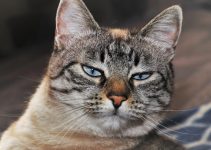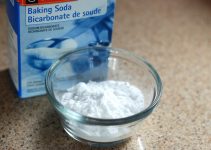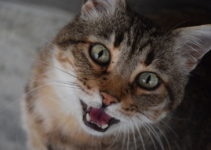This post may contain affiliate links. You can view our affiliate disclosure here.
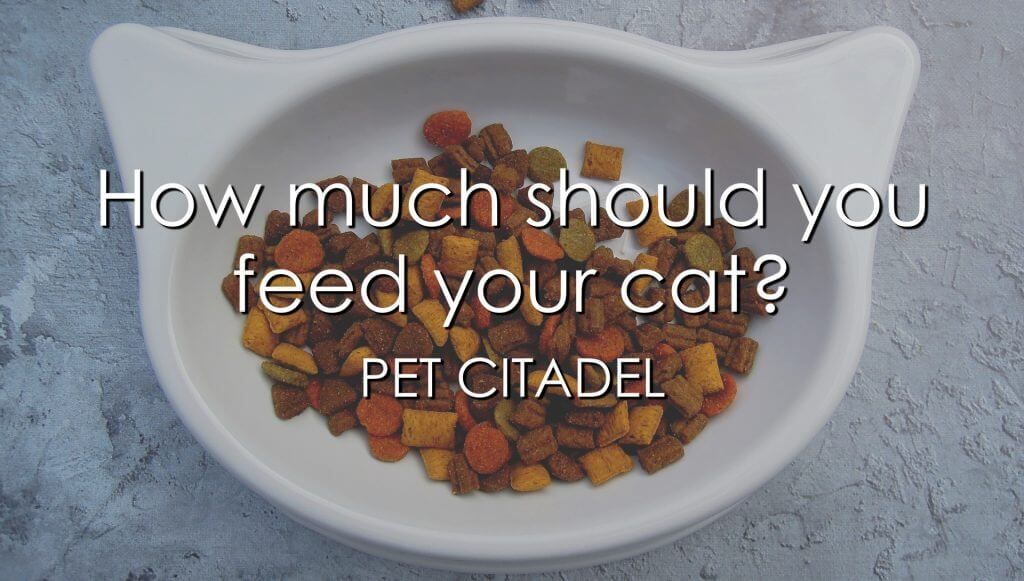
We require food for growth, development, and repair of damaged cells, tissues, and organs. Failure to eat a balanced diet can lead to serious deficiencies of fundamental body nutrients. An example of a disorder that results due to the lack of proteins is kwashiorkor.
Cats, being mammals, also require a balanced diet in their meals so that they can remain healthy, strong, and satisfied.
The answer to how much you should feed your cat is not a definite one because cats differ in many respects.
Cats differ in terms of age, weight, and daily activities. In addition, the feeding habits of a nursing/pregnant cat differ from those of a cat that is not pregnant.
On the other hand, the amount of food that you should be feeding your cat will depend on whether the meal is dry or wet food.
This article will clear up the clutter to help you understand when to feed your cat, the mistakes you should avoid, and the amounts of calories you should feed your cat under different conditions.
The Physiology Of Cats
In comparison with dogs which can comfortably feed on both animal proteins and vegetables, cats are carnivores.
Being carnivores, the digestive system of cats is short and is also not adapted for breaking down and assimilating vegetables. As a result, muscle-based meats are crucial meals that should be present in the diet of cats to supply them with necessary proteins.
Science has revealed that cats specifically need Taurine amino acid in order to grow and thrive well. Taurine is found in animals and is a necessary ingredient in cat food.
When To Feed Your Cat
After you first bring your new cat home, it is advisable that you stick to the feeding patterns the cat was accustomed to. After continuing with the pattern for some time, you can gradually introduce your new feeding habits to the cat without much stress.
Introducing a new feeding routine to your cat in this gradual manner is important for minimizing the chances of stomach/intestinal issues.
What To Consider When Feeding Your Cat
- Do not overfeed your cat because this will lead to obesity.
- Combine both wet and dry cat meals in their right proportions to strike a balanced diet. Cats should mostly eat wet food to overcome problems of dehydration and constipation.
- Do not underfeed your cat since this will lead to hunger and even starvation, which might lead to death.
- Give your cat enough water to enhance proper digestion of dry foods.
How Much Should You Feed Your Cat?
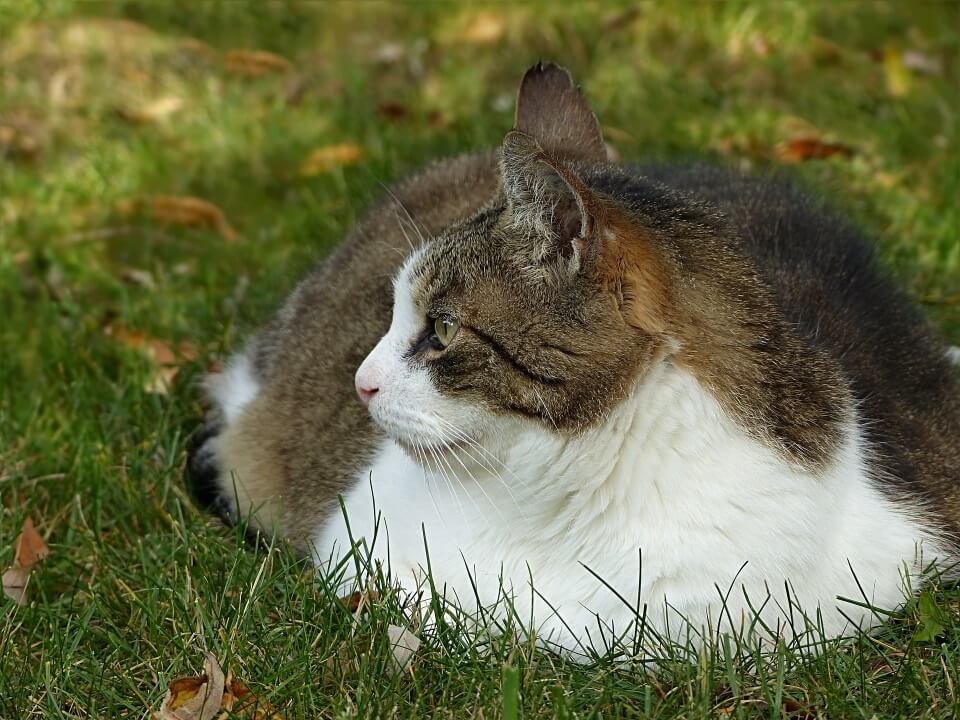
As noted above, different factors determine the amount of food that you should feed your cat.
For instance, an underweight cat needs more calories than an overweight cat. Also, a playful cat will require more calories than a cat that remains idle for most of the day.
On top of that, a nursing cat will require more calories in its diet to synthesize more milk while remaining healthy.
The first thing to do before getting into the details is look at the feeding guide on the cat food label. This will give you a good idea of how much you should feed your cat on average.
Note that a cup of dry food (if you have an older cat, check out our article on the best dry cat food) contains about 350 calories on average, while a cup of wet food contains about 200 calories on average. Check the labels of your cat food for information about calories, grams and cups.
The following points outline the nutritional requirements of cats in different situations:
Average Adult Cats
The average adult cat weighs between 8-10 pounds. For these types of cats, you should feed them about 30 calories per pound of body weight per day, according to the Animal Medical Center in New York.
This means that an 8-pound cat requires about 240 calories in a day, equivalent to about 0.7 cups of dry food or 1.2 cups of wet food. As mentioned above, see the nutrition labels of the food you’re feeding your cat for exact amounts.
Nursing/Pregnant Cats
During pregnancies, you should feed your cat with more calories to help it provide the growing fetus with vital nutrients for growth and development.
- You should feed a 5-pound nursing cat with approximately 336 calories daily (84 grams of protein).
- If your cat is 15 pounds, you should feed it around 850 calories daily.
- If your cat is 20 pounds, you should feed it with approximately 1100 calories daily.
Overweight Cats
Veterinarians advise you to feed your overweight cat with 75% of its daily standard calories. The reduced calorie intake will allow the weight of the cat to drop to a healthy level.
- If your overweight cat is 5 pounds, feed it with about 180 calories daily.
- If your overweight cat is 15 pounds, feed it with 280 calories daily.
- If your overweight cat is 20 pounds, feed it with approximately 310 calories daily.
Kittens
Owing to the rapid cell division activities that take place in the bodies of kittens, their daily caloric intakes are higher than those of mature cats.
Veterinarians say that you should feed your kitten with 200 calories for every five pounds of body weight.
Here is a summary of the calorie amounts for the above three cat types in table form:
| Cat Type/Weight | 5 pounds | 15 pounds | 20 pounds |
| Pregnant Cat | 336 calories/84 grams of protein per day | 850 calories per day | 1100 calories per day |
| Overweight Cat | 180 calories per day | 280 calories per day | 310 calories per day |
| Kitten | 200 calories per day | 600 calories per day | 800 calories per day |
Underweight Cats
Underweight cats require more calories daily to allow their bodies to grow and develop.
A 10 pound cat should ingest between 220-335 calories daily. However, this amount varies depending on the level of activity of the cat. You should ensure that the wet foods you purchase for your underweight cat have higher protein concentrations.
In addition, you can break down the food into several meals to ensure that your cat consumes the right amount of calories throughout the day.
For each of the calorie amounts above, use the label information on your cat food to determine the equivalent volume or mass. For example, if a label says 467kcal (kcal = calories) per cup, a 10-pound underweight cat would need about 300/467 = 0.64 cups of this particular food per day.
Watch this video for more insight:
If you’re having trouble measuring the amounts, consult the food manufacturer or a veterinarian.
Conclusion
As you probably know by now, it is critical to understand that monitoring the weight of your cat is essential so that you can serve your cat with optimum calories. This will promote good growth, good health, and an increased lifespan.
In addition to that, effective monitoring ensures that you modify the meals of your cat periodically to meet the changing metabolic needs of your pet at any time.

